

By John Cary
Last week’s Top 10 Design Milestones of 2011, published here at Archinect, highlighted advances in design for the public good by profiling leading organizations from IDEO.org and Mass Design Group to individuals like Jeanne Gang and Michael Kimmelman. As we round out this year and usher in the next, it feels important to also look towards the future—though, of course, looking back is always easier than looking forward.
With that in mind, this is not an exercise in trend spotting, but rather a simple meditation on initiatives poised to advance the field, and how they can be scaled up, refined, tweaked, borrowed, and leveraged. None of the following is entirely new; some are a long time in the making, while others are testing new directions. Some initiatives also evade mention, either because they’re not yet public or because they haven’t yet been dreamed up. One thing is for certain: the bar is higher than ever, even—and perhaps especially—for design efforts that claim to be for the public good.
1. The TED Prize will be awarded to “The City 2.0”
In early December, “The City 2.0” was announced as the 2012 honoree of the coveted TED Prize, the first time that a concept or idea has been selected, as opposed to an individual. This, in itself, is an exciting development, as it reflects the inspiring truth that social change is never a one-person job. TED casts The City 2.0 in no small terms: “an idea upon which our planet’s future depends.” Rather than the $100,000 purse, the power of the TED Prize has much more to do with the “wish” that it grants. For example, Cameron Sinclair’s TED Prize wish created the Open Architecture Network, pulling in TED community members who offered extensive in-kind support and services. Choosing and executing a collective wish on behalf of all cities (or even a single one) is an entirely different undertaking. Considering TED’s reputation for ingenuity, when the wish is unveiled February 29, 2012 at the annual TED Conference in Long Beach, Calif., it is sure to surprise and delight, serve and empower.
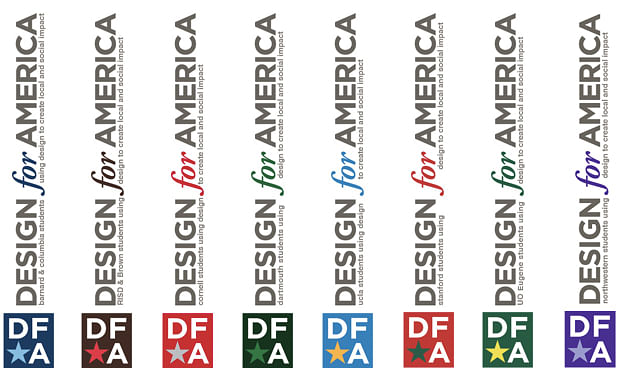
2. Design for America will spread its wings
A name like “Design for America” conjures up a lot of things, but especially analogies to Teach for America. Based out of Northwestern University’s McCormick School of Engineering, Design for America focuses on current university students, rather than creating post-graduate opportunities like its namesake. Design for America’s studios are expressly extra-curricular and student-led, but one would hope to have them influence other aspects of each school’s broader curriculum. In the meantime, Design for America’s has a goal to launch 50 studios in schools across the country over the next three years. Looking ahead to 2012, over 40 schools have applied to join Design for America’s flagship studio at Northwestern and eight other current studios, which collectively engaged 600 students from 60 different majors in 2011.
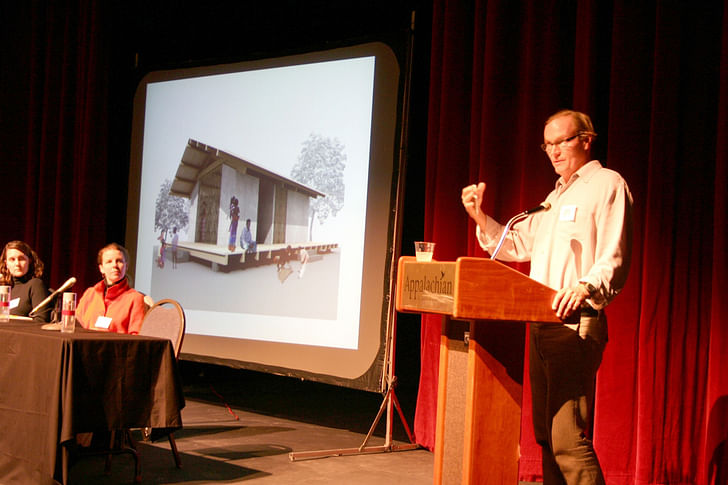
3. Bryan Bell’s Public Interest Design Institute will hit the road
Backed by two decades of experience, Bryan Bell of Design Corps is hitting the road in January to bring his Public Interest Design Institute (PIDI) to schools across the country. His two-day training programs impart lessons not often covered in design studios or seminars; they are centered around a set of principles, called SEED (Social Economic Environmental Design), pitched as a social response to the USGBC’s Leadership in Energy & Environmental Design (LEED). Schools signed up to host the PIDI training programs in 2012 so far range from California College of the Arts in San Francisco, to the University of Cincinnati, University of Texas at Austin, and Yale University in New Haven, Conn. One such offering at the University of New Mexico last fall attracted several dozen participants. Should these subsequent sessions attract the interest that Bell anticipates, don’t be surprised to see schools quickly follow suit with degree tracks and even dedicated degrees in public interest design.

4. The 1% program will eclipse 1,000 firms
In a matter of days, The 1% program of nonprofit Public Architecture (directed by this writer from 2003-2010, for the sake of full disclosure) will eclipse 1,000 firms. Collectively, the firms have pledged a minimum of one percent of their billable hours to pro bono service, now generously estimated by the organization to total $38 million in services—at a newly-increased rate of $125/hour. This spring, the organization is promising an overdue redesign of TheOnePercent.org website, launched in 2007. While The 1% ably represents the supply, a parallel efforts needs to be made to demonstrate the demand for design from the estimated $1 trillion social sector. And that’s where dedicated intermediaries like the Community Design Collaborative of Philadelphia, DesigNYC, and the Taproot Foundation, fill such a void, and are logical models and partnerships worth renewing for Public Architecture and The 1% program as they move forward.
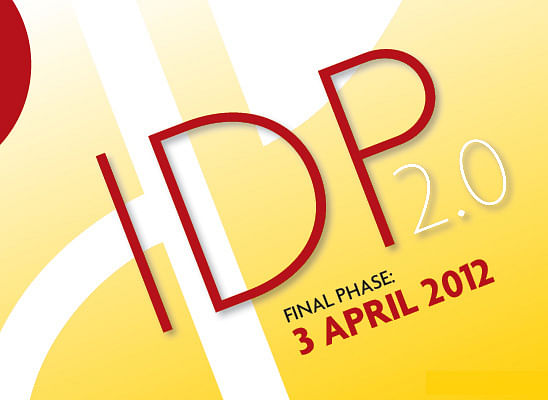
5. The Intern Development Program 2.0 will take effect
In April, NCARB, the über-powerful gatekeeper of the architecture profession, will roll out its first major overhaul of the 35-year old Intern Development Program (IDP). Version “2.0” has been hyped by NCARB for over two years, placating critics with promises of a smoother path to licensure. Some things, however, will not change at all, namely the 5,600 hours required hours of experience that is presented as a three-year process, but in reality takes an average of five years to complete. We can only hope that the role of community engagement and service are far more pronounced as invaluable experiences for aspiring architects working in a complex world. As architect and ethicist Victoria Beach so eloquently put it in a recent essay, “Although public service is supposed to be at the very heart of a profession, it is located somewhere near the pinky toe of the Intern Development Program.” It’s a paradox for a program and sponsoring organization shopped on the premise that they protect the health, safety, and welfare of the public.
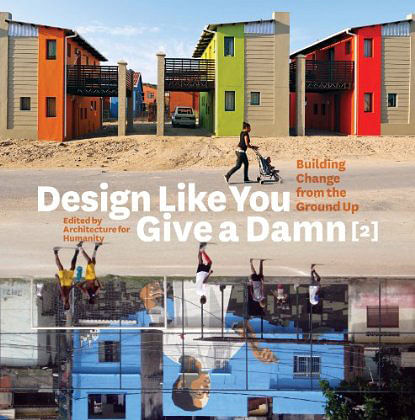
6. Design Like You Give a Damn 2 will hit the shelves
On May 1, six years after Architecture for Humanity’s first major book by roughly the same name, Design Like You Give a Damn 2: Building Change from the Ground Up will finally hit shelves—with roughly 100 new projects from around the world as well as a new publisher, Abrams Books. It will build on the original book, which helped put humanitarian design on the map and into the hands of tens of thousands of people. Paired with how-to advice based on the organization’s work in the field, the projects profiled in this second book are drawn from across the globe. Many were crowd-sourced through the Open Architecture Network, now called Worldchanging, as explained below. With a press, profession, and public hungry for stories of successful projects, AFH, the designers it’s associated with, and all of us would be well-served by an equal accounting of “good failures,” where projects didn’t go as planned or fell short of their promise.

7. Studio H, the documentary, will be released
K-12 design education programs sometimes feel like a dime a dozen, with few holding a candle to Studio H, the high school design/build program pioneered by Emily Pilloton and Matt Miller of Project H Design. Their improbable venture—set in a rural county of North Carolina—is captured by the filmmakers of Wordplay and I.O.U.S.A., in what is being described as “a year in the life of one of America’s most innovative classrooms.” (The filmmakers just successfully completed a Kickstarter campaign to make a final cut.) The “cast of characters” are a diverse group of high school juniors, embarking on several projects that promise not just to provide them with design literacy and construction skills, but also with a different sense of their own capabilities and promise. The real success of the Studio H program is that a neglected town, and particularly the kids who live there, discover that they too deserve good design. We all do.

Archiculture film will debut
A culture—Archiculture—until itself, design studio life is a recurring subject of debate. It’s a culture that one—be they a parent or university administrator—can’t fully understand without experiencing it, and therein may lie the problem. Are the endless hours spent largely on conceptual projects productive or wasted? Is it worthwhile for students to dedicate themselves so completely to such projects or is it actually unhealthy and counterproductive? Are studios really the best way to learn how to be a designer in the real world? Archiculture explores answers to these questions by following five architecture students through their final thesis projects. Years in the making, it is finally expected to premiere in 2012. It comes as an opportune time as other disciplines and collaborative ventures increasingly test the “studio model.”
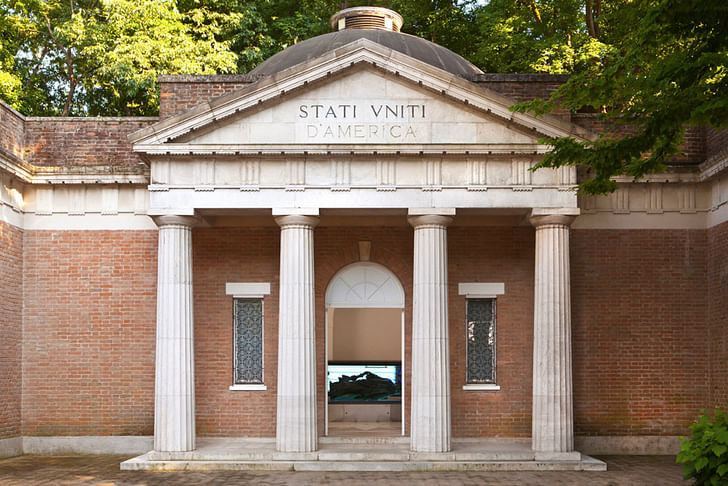
9. U.S. Pavilion at the Venice Biennale will showcase interventions
In August, as it does every two years, the U.S. will present the best of American design in the Venice Biennale. A sign of the times, this year’s installation will showcase “Spontaneous Interventions: Design Actions for the Common Good.” Expect a image-based display and archive of community gardens, citizen-designed bike lanes, poster campaigns, apps and crowd-sourced public processes. As curator Cathy Lang Ho explains, “With the slow-down of actual architectural production, we are seeing some of the nation’s most thoughtful, original practices pursuing personal projects that are motivated not only by the urge to create, but by a heightened social and political awareness.”
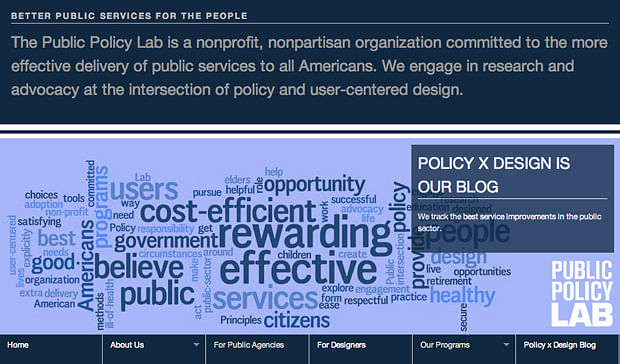
10. Public Policy Lab will take shape
Launched just under a year ago in Brooklyn, N.Y., the Public Policy Lab concerns itself not with built or tradition design projects, but instead with the bigger social systems, like social security and public health. It operates at the intersection of policy and design, with a focus on user experience and outcomes. There has been a lot of talk about such work for years now—with firms like IDEO taking on federal agencies as clients and Code for America bringing technology to bear on service design. Public Policy Lab stands out for its clear focus on user experience, but also efficiency, as governments are under the perpetual threat of cutbacks and critique. Key to the success of Public Policy Lab will be to keep in mind that design is just a means, and that better, more accessible public services are the greater goals.

Bonus: Rounding up to 12, two public interest media sites set for reboots
Last December, Worldchanging—the environmental blog and hefty companion book—succumbed to funder and founder fatigue, issuing a public farewell and gracefully bowing out. Frequent contributor Cameron Sinclair of Architecture for Humanity responded with a public offer for his organization to take on and continue the work of Worldchanging, and, nearly a year to the day, AFH merged its Open Architecture Network with the Worldchanging brand. Even after a year, however, the merger looks more like a blind date, though we’re assured that a totally redesigned website is due out this spring, and thus warrants mention here.

Next American City, another nonprofit led briefly by this author, also just announced plans for a major re-launch and redesign of its popular web portal, AmericanCity.org. Among other highlights is a new weekly online publication, called Forefront. Backed by a massive $250,000 grant from the Ford Foundation, Next American City re-enters a crowded field of media coverage focused on cities, from The Atlantic Cities, Fast Company, and other publications. As the TED Prize honoree attests, cities are ripe for deeper consideration and study. And who better than the next generation of urban leaders and thinkers that Next American City represents to lead the charge?
We welcome your thoughts on this Top 10 and invite you to suggest other nominees in the comments section below.
No Comments
Block this user
Are you sure you want to block this user and hide all related comments throughout the site?
Archinect
This is your first comment on Archinect. Your comment will be visible once approved.